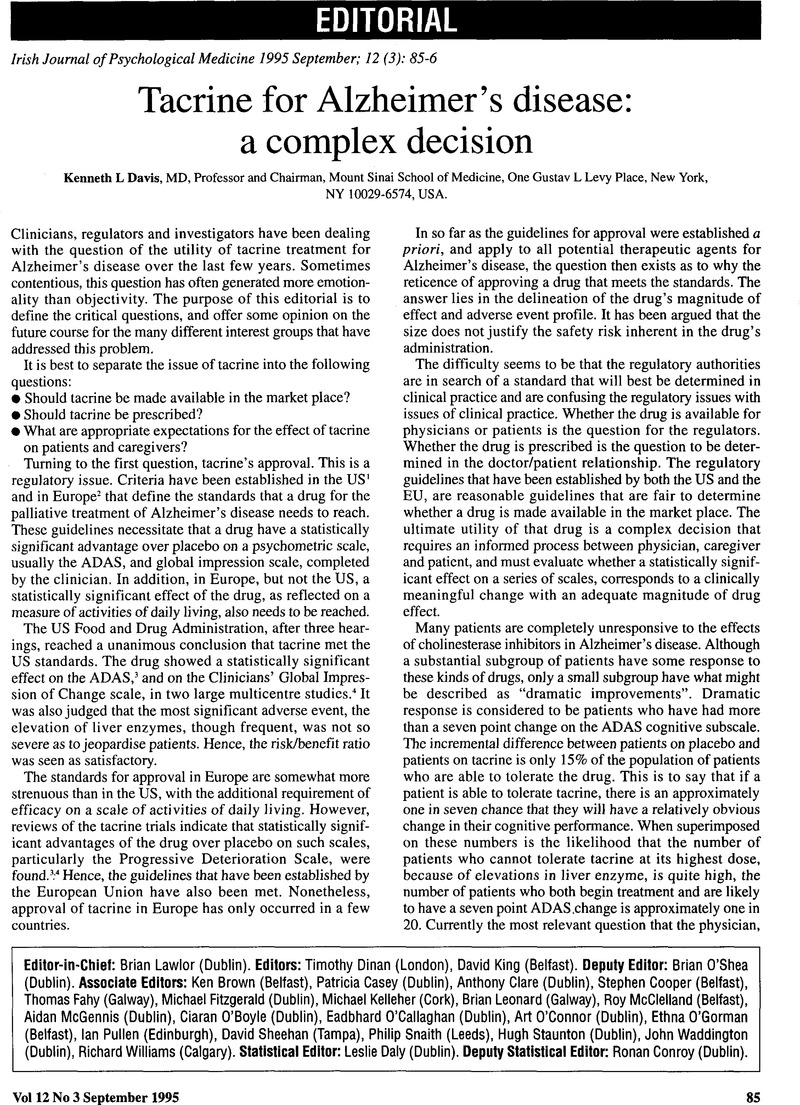Crossref Citations
This article has been cited by the following publications. This list is generated based on data provided by Crossref.
Eagger, Sarah
1996.
Searching for a treatment for Alzheimer's Disease? tales from the cutting-room floor.
International Journal of Geriatric Psychiatry,
Vol. 11,
Issue. 4,
p.
337.
Swanwick, Gregory R. J.
and
Lawlor, Brian A.
1999.
Initiating and monitoring cholinesterase inhibitor treatment for Alzheimer's disease.
International Journal of Geriatric Psychiatry,
Vol. 14,
Issue. 4,
p.
244.



